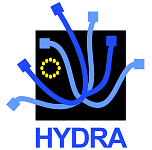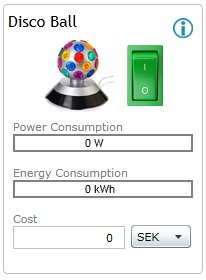- 24 Sep 2007
- Project information
- 5904 Reads
WP 4 - Embedded AmI architecture
The output of WP4 will be technological building blocks for the middleware, based on the architecture defined by WP3 that will enable the construction of ambient intelligence systems with service-oriented architectures. One major part of this is providing support for using devices as services both by embedding services in devices and by proxy services for devices. Another part is to provide support for ambient properties including self-* properties of services.The workpackage will aim to realise services on a range of embedded devices such as OSGi service gateways, mobile phones, and smaller devices such as motes. The strategy will be to enable all devices to act as web services either through direct, resource-aware implementations on the device (e.g., through the use of partial evaluation) or by proxy using gateways to implement proxy web services for devices.
The crucial basis for supporting various self-* properties is self-monitoring meaning that devices should among others be able to monitor its own properties and resources, discover other devices, and monitor their properties. Based on this it is necessary for the system to plan, create and trace certain interaction strategies and adapt to certain conditions in the environment or the individual user context. The adaptive or strategic methods are going to be implemented domain-independent in WP 5.
Also, WP 4 will develop building block components for HYDRA based on the above. Examples of building block components may include a rule engine service, discovery service, and persistence service.





 The Hydra project is co-funded by the
The Hydra project is co-funded by the 


